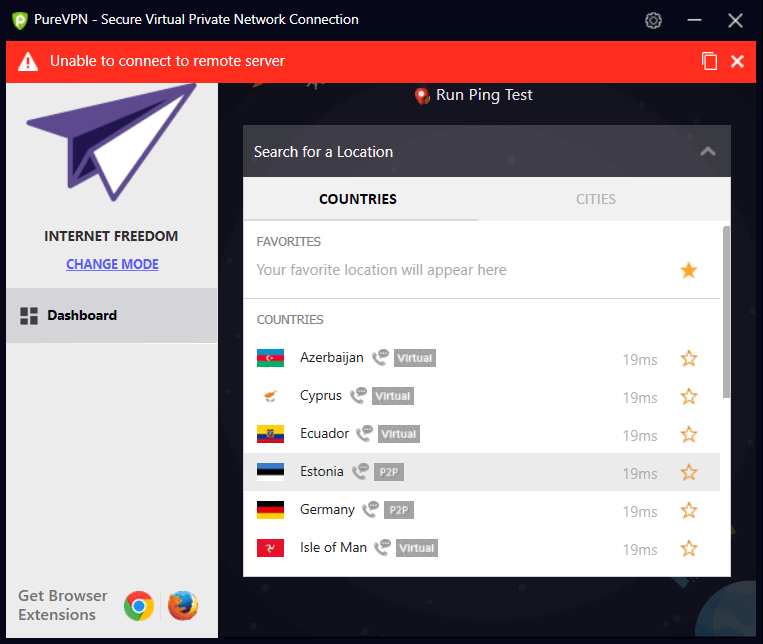
In Wireshark 2.4.0 to 2.4.4 and 2.2.0 to 2.2.12, epan/dissectors/packet-ber.c had an infinite loop that was addressed by validating a length. In Wireshark 2.4.0 to 2.4.4 and 2.2.0 to 2.2.12, epan/dissectors/packet-thread.c had an infinite loop that was addressed by using a correct integer data type.

In Wireshark 2.4.0 to 2.4.4 and 2.2.0 to 2.2.12, epan/dissectors/packet-s7comm.c had an infinite loop that was addressed by correcting off-by-one errors. In Wireshark 2.4.0 to 2.4.4 and 2.2.0 to 2.2.12, epan/dissectors/packet-usb.c had an infinite loop that was addressed by rejecting short frame header lengths. In Wireshark 2.4.0 to 2.4.4 and 2.2.0 to 2.2.12, epan/dissectors/packet-openflow_v6.c had an infinite loop that was addressed by validating property lengths.

In Wireshark 2.4.0 to 2.4.4 and 2.2.0 to 2.2.12, epan/dissectors/packet-lltd.c had an infinite loop that was addressed by using a correct integer data type.

In Wireshark 2.4.0 to 2.4.4 and 2.2.0 to 2.2.12, epan/dissectors/packet-rpki-rtr.c had an infinite loop that was addressed by validating a length field. In Wireshark 2.4.0 to 2.4.4 and 2.2.0 to 2.2.12, epan/dissectors/packet-sccp.c had an infinite loop that was addressed by using a correct integer data type. In Wireshark 2.4.0 to 2.4.4 and 2.2.0 to 2.2.12, epan/dissectors/packet-wccp.c had a large loop that was addressed by ensuring that a calculated length was monotonically increasing. In Wireshark 2.4.0 to 2.4.4 and 2.2.0 to 2.2.12, epan/dissectors/packet-dcm.c had an infinite loop that was addressed by checking for integer wraparound. In Wireshark 2.4.0 to 2.4.4 and 2.2.0 to 2.2.12, epan/dissectors/packet-thrift.c had a large loop that was addressed by not proceeding with dissection after encountering an unexpected type. Please note that some of the information in the bulletins is compiled from external, open source reports and is not a direct result of US-CERT analysis. Patch information is provided when available. This information may include identifying information, values, definitions, and related links.

Low - Vulnerabilities will be labeled Low severity if they have a CVSS base score of 0.0 - 3.9Įntries may include additional information provided by organizations and efforts sponsored by US-CERT. Medium - Vulnerabilities will be labeled Medium severity if they have a CVSS base score of 4.0 - 6.9 High - Vulnerabilities will be labeled High severity if they have a CVSS base score of 7.0 - 10.0 The division of high, medium, and low severities correspond to the following scores: The vulnerabilities are based on the CVE vulnerability naming standard and are organized according to severity, determined by the Common Vulnerability Scoring System (CVSS) standard.


 0 kommentar(er)
0 kommentar(er)
